West Canadian Collieries #1 – then and now
A century old in 2014 and certainly looking its age, the steam locomotive seen in this report, West Canadian Collieries #1, came to the Crowsnest Pass in 1920 and was put on display in the 1960s. Looking neglected and forgotten, and hidden away behind some trees, it sits on a small section of track on the west side of downtown Blairmore. Hopefully some money will be found (scarce in the area, it seems) so the engine can be spruced up. It’s after all an important part of the area’s history and should be cared for.
In this then and now report we’ll see how it looked in 1970, using a two pictures supplied by a reader of this blog as reference, and we’ll compare that to today. We visited it on the last day of 2013.
The little locomotive, West Canadian Collieries #1 last worked at a local mine, presumably the Greenhill Mine, a WCC property (they had many), on the north side of town. It would have been used to spot cars under the tipple for loading and it was common practice for larger mines (and the Greenhill was a big one) to have their own in-house locomotive and engine crew. Given the number of cars being moved about, a shunting locomotive was an essential part of the operation and at the peak in the 1940s, fifty or sixty cars were being shuffled about every day.
In the past this locomotive was WCC #11, although the reason for it renumbering later on is a bit of a mystery. The number plate on the front of the boiler still says #11, and to arrive at #1 they simply painted over one of the digits.
It worked for WCC from 1939 to the late 1950s, when the mine closed. It later sat abandoned in an engine house for a few years at the mine site before being “rescued” and put in display. It’s been sitting at the current location since the mid 1960s, or thereabouts.
From 1920 to 1939 it worked for Hillcrest Collieries ten or so kilometres to the east of here (there were a lot of coal mines in the Pass).
Built in 1914 she was originally sold to the City of Winnipeg Light and Power Department. It carried a star symbol for a road number during that time, which is odd, and usually a locomotive carries a number instead. It proved to be too heavy and crashed through a bridge not long after being put into service. Rebuilt, it became Great Winnipeg Water District Railway #11 in 1916, They then turned around and sold it to Hillcrest Collieries here in the Pass a few years later (1920). It retained the #11 plate while in HC service.
The engine, in the whyte notation, is known as a 2-6-0. This means it has two leading wheels, which helped guide the locomotive through curves, and six driving wheels. A locomotive built to this configuration was also known as a “Mogul”. When built it would have been considered fairly small and would be suitable for hauling shorter trains only (like milk-run locals). It could also find work switching cars about a yard or an industry, like it did here. Low drivers meant it could pull hard.
It was constructed in 1914 by the Canadian Locomotive Company at their Kingston Ontario works and was given serial #1245. The many coats of paint on the builders plate make it’s look like the last digit is a six, but on close examination it’s indeed a five. CLC, as it was known, was a prolific builder, supplying steam locomotives and later diesels to both of Canada’s major railways, along with smaller lines, industrial concerns and railways in other countries. They lasted from the 1850s until the late 1960s.
Looking at the original pictures, it’s clear that even back in 1970, the locomotive was in rough shape. Most of this can be attributed to the hard life it led at the mine. That sort of work took a toll on an engine and the coal companies, always frugal, did only the absolute minimum required to keep things running. I would guess that it was simply pulled from the shed where it was housed and placed at its current location without any work being done in between.
Of course, simply being outside was and is hard on the engine. Fast forward to today and it’s in a badly neglected state, and not getting any better. Vandalism, thank goodness does not appear to be a factor here.
The decaying cab in particular is of concern. It’s wood framed and is falling apart. Most of the engine is metal and while it may rust and such it can always be brought back to as-new appearance with a bit of elbow grease. The wood however can not and if it decays too much more, will simply crumble or rot away, leaving a hard to fix gaping hole behind. Wooden cabs were common when the locomotive was built – later they went to all metals versions.
The missing boards allow us a good look at the boiler blackhead. Notice how many valves and levers were needed to control the locomotive. You had to know what you were doing, that’s for certain.
This engine ran on coal and was hand fired, meaning a fellow with a shovel kept the fire at suitable levels. That’s a lot of work! Fuel came directly from the mine where the engine worked.
The locomotive appears to be owned by the Municipality of Crowsnest Pass. I hope they have plans to fix it up a bit. It could sure use some TLC. That organization is however always strapped for cash and so it may continue to rot for the foreseeable future. The north or street facing side is of the two, in better shape.
West Canadian Collieries Greenhill Mine operated from 1913 to 1957 or 1958 depending on the source. Hillcrest Collieries, later Hillcrest-Mohawk lasted until the early 1950s. The Greater Winnipeg Water District Railway mentioned in this article still operates today.
Note, while most records show that the WCC was spelled West Canadian Collieries other documents we’ve found on the company refer to it as Western Canada or Western Canadian Collieries.
Seen in front of the locomotive is the Greenhill Hotel. It’s hard to see in the old image, but is more easily seen in ours. To read about this unique dive establishment follow the link near the bottom of this article. Also note the brick building seen in behind in three-quarter angle shot is still around too. It houses the post office and some other businesses. The locomotive sits right next to the CPR’s southern mainline. At one time, as seen in the old photos, a telegraph line once parcelled the tracks.
For these then and now reports, we try our best to not only visit the subject of the report, but we also try and duplicate all aspects of the image, including composition, angle and background. Sometime we get it spot on, other times not. In this case, a fence in the way prevented the second set from working out as good as we liked. The first set was close.
The 1970 images are courtesy of and copyright Weston Langford and are used with permission. Sadly, Weston, a well known train photographer passed away only a week or so ago. We are thankful he allowed us the use of his pictures.
To see the Greenhill Hotel seen in front of the locomotive, go here…
Blairmore then and now.
To see some other locomotives we’ve discovered in our travels, follow these links…
The little yellow locomotive. Located a few kilometres west of this one.
Alberta Prairie Railways Excursions train Big Valley Alberta.
Biggest Piggy Bank in the world. An underground mine locomotive in nearby Coleman.
If you’d like to know more about what you’ve seen here, by all means contact us!
Date: December, 2013.
Location: Blairmore, AB.
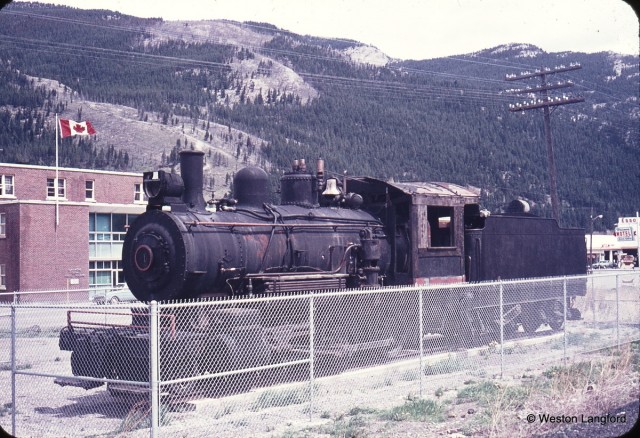
West Canadian Collieries #1 in 1970. Courtesy Weston Langford.
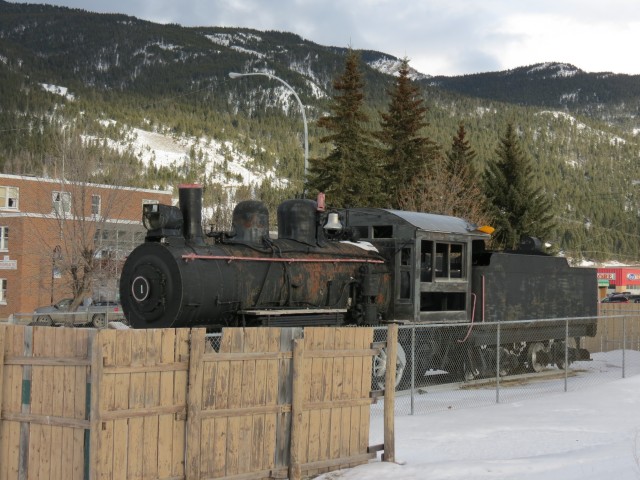
Fast forward to today and the locomotive is in really rough shape.
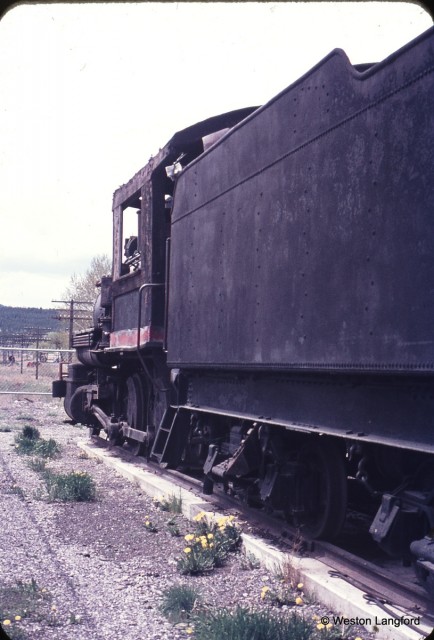
The engine sits next to the CPR’s southern mainline (note the telegraph lines). Courtesy Weston Langford (pic from 1970).
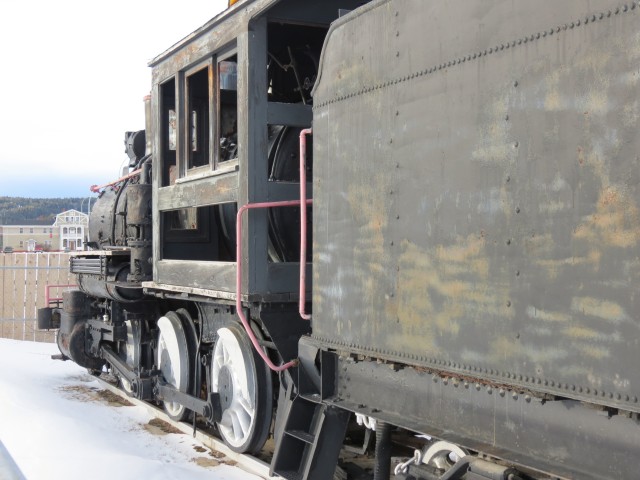
We could not duplicate the exact angle of the picture above due to a fence.
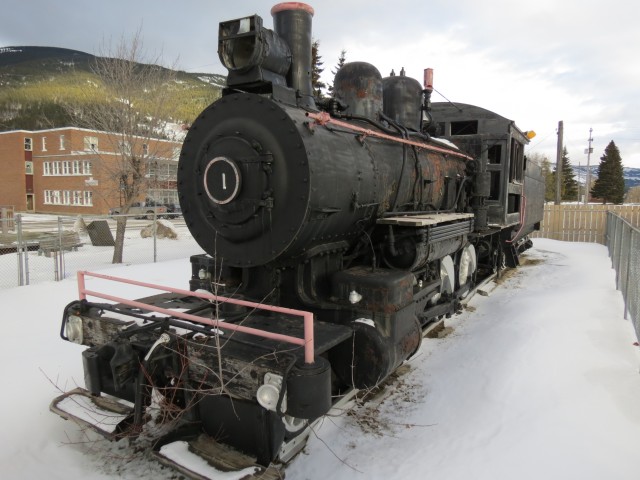
She was placed here in the 1960s.
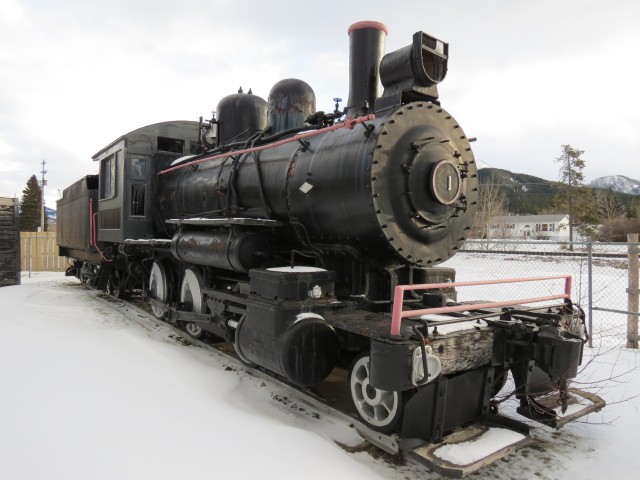
Arriving in the Pass in 1920, the engine originally was Hillcrest Collieries #11.
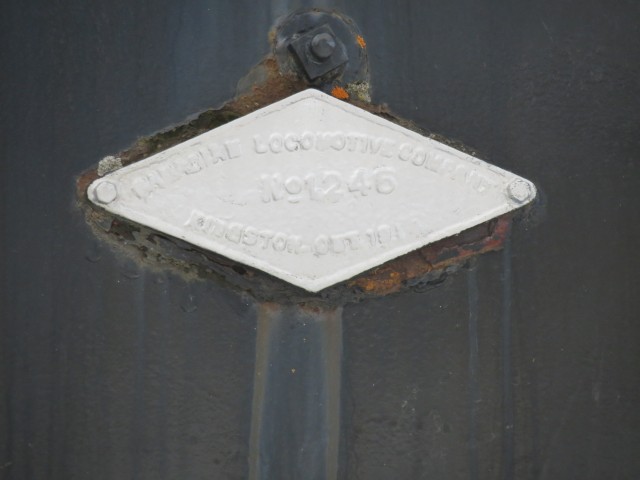
The builder’s plate – Canadian Locomotive Company Kingston Ont., serial #1245, 1914.
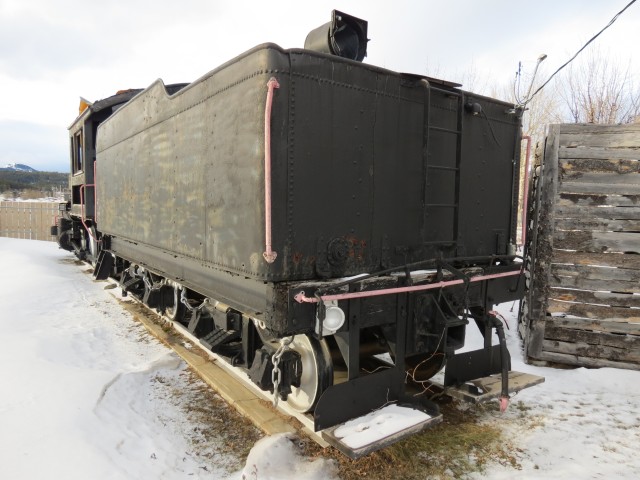
It sits on a short section of track.
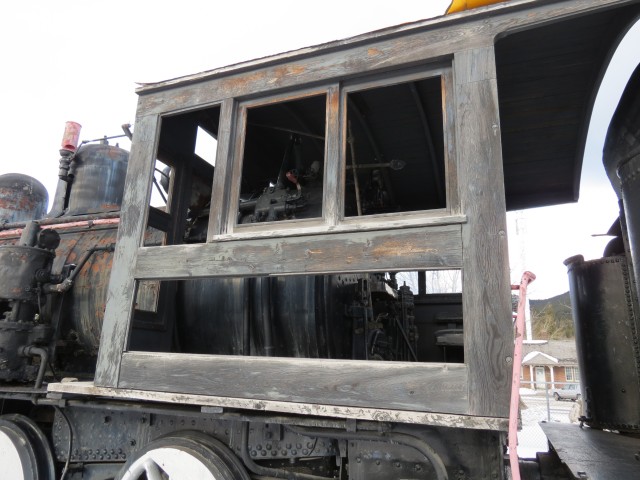
The cab is wood framed and in bad shape.
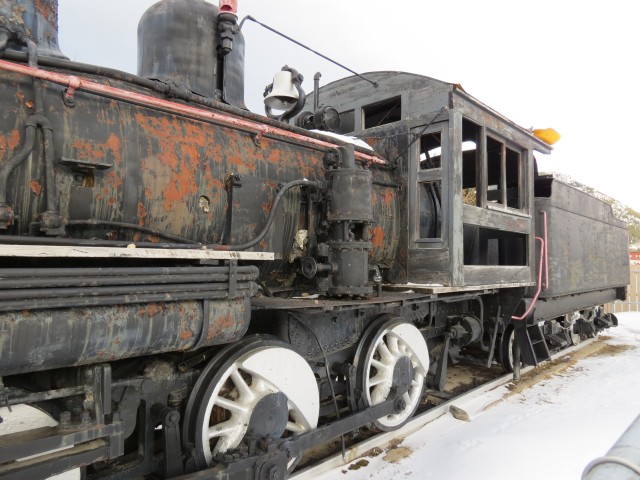
The locomotive could sure use some TLC.

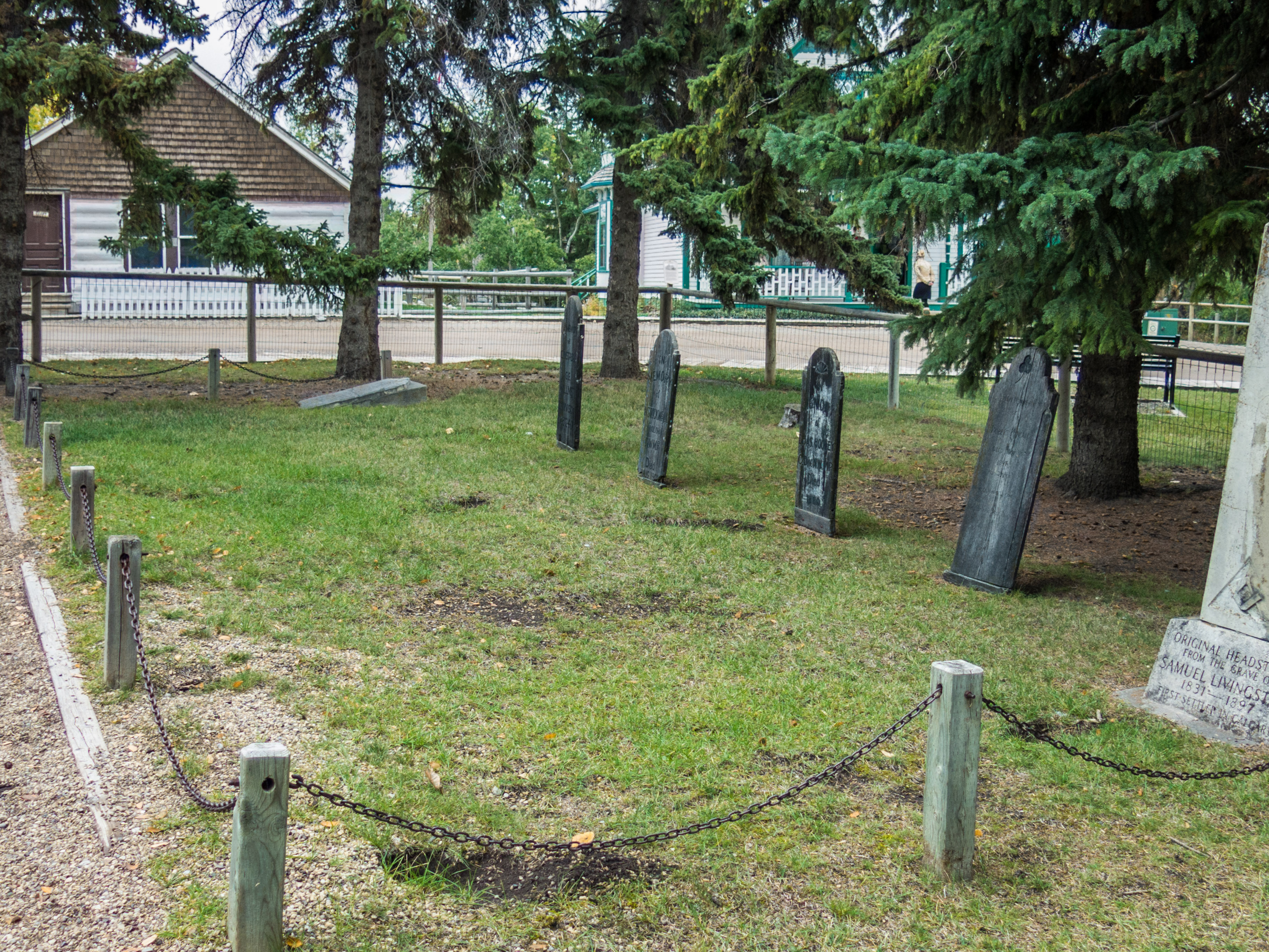
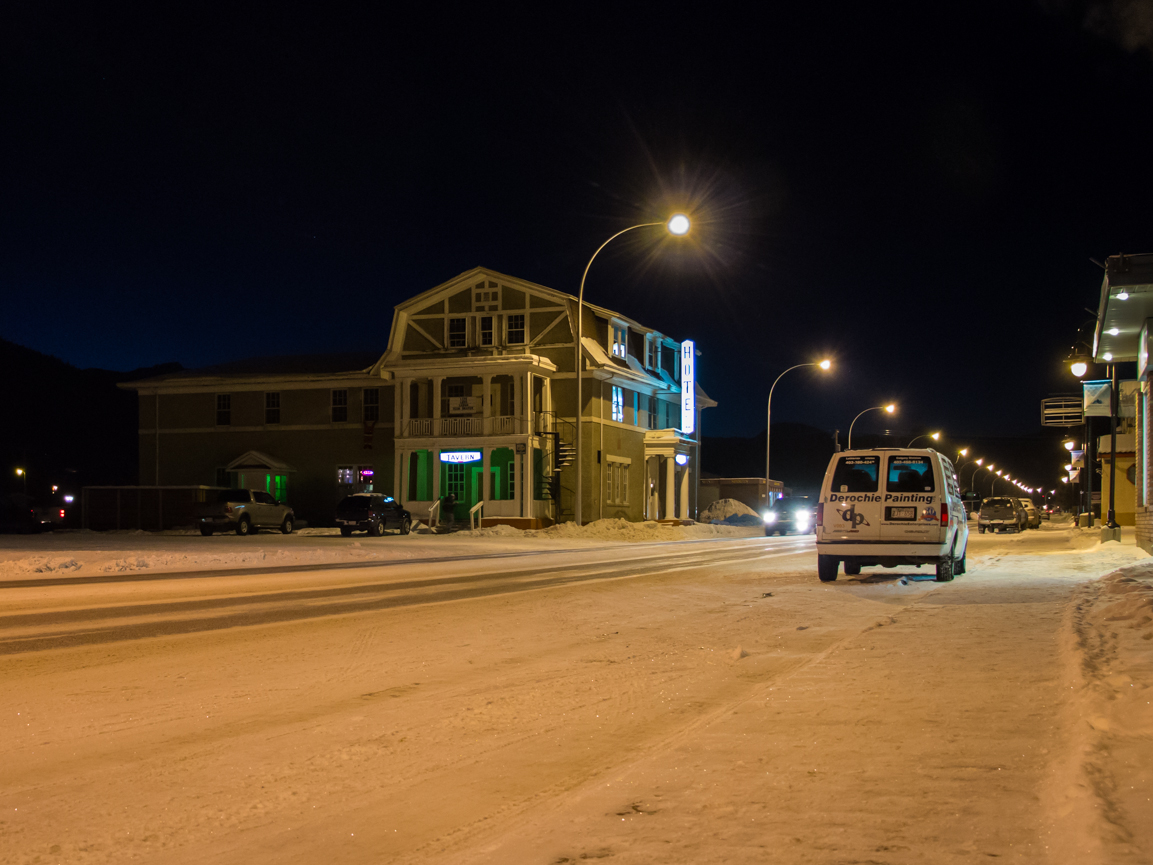
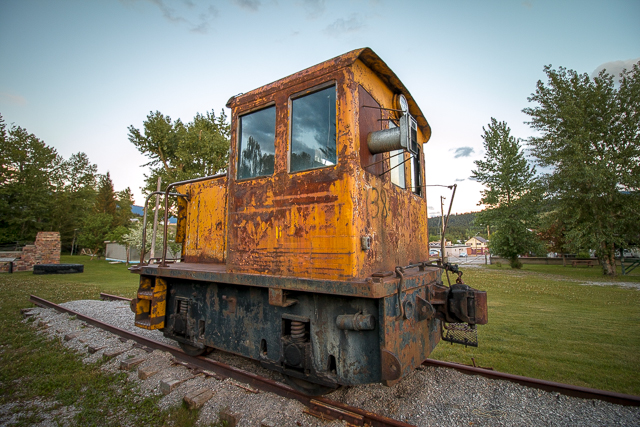
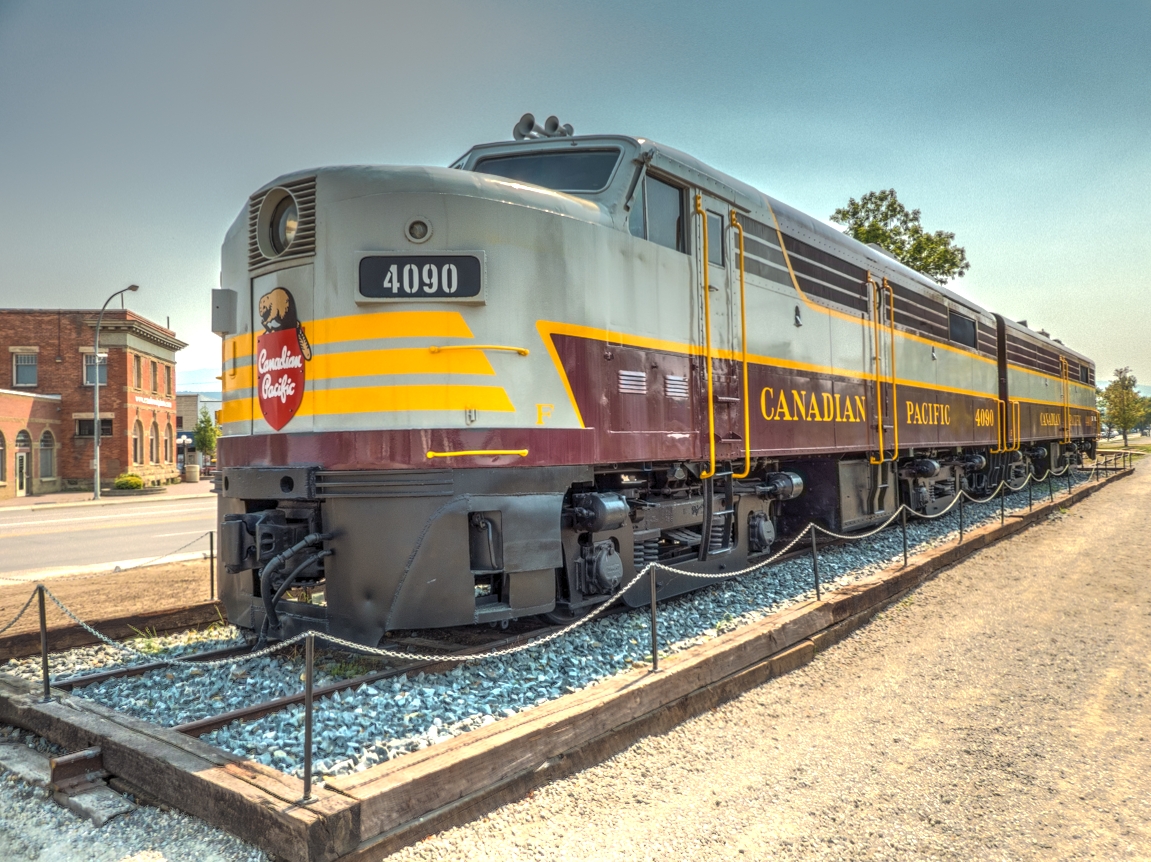
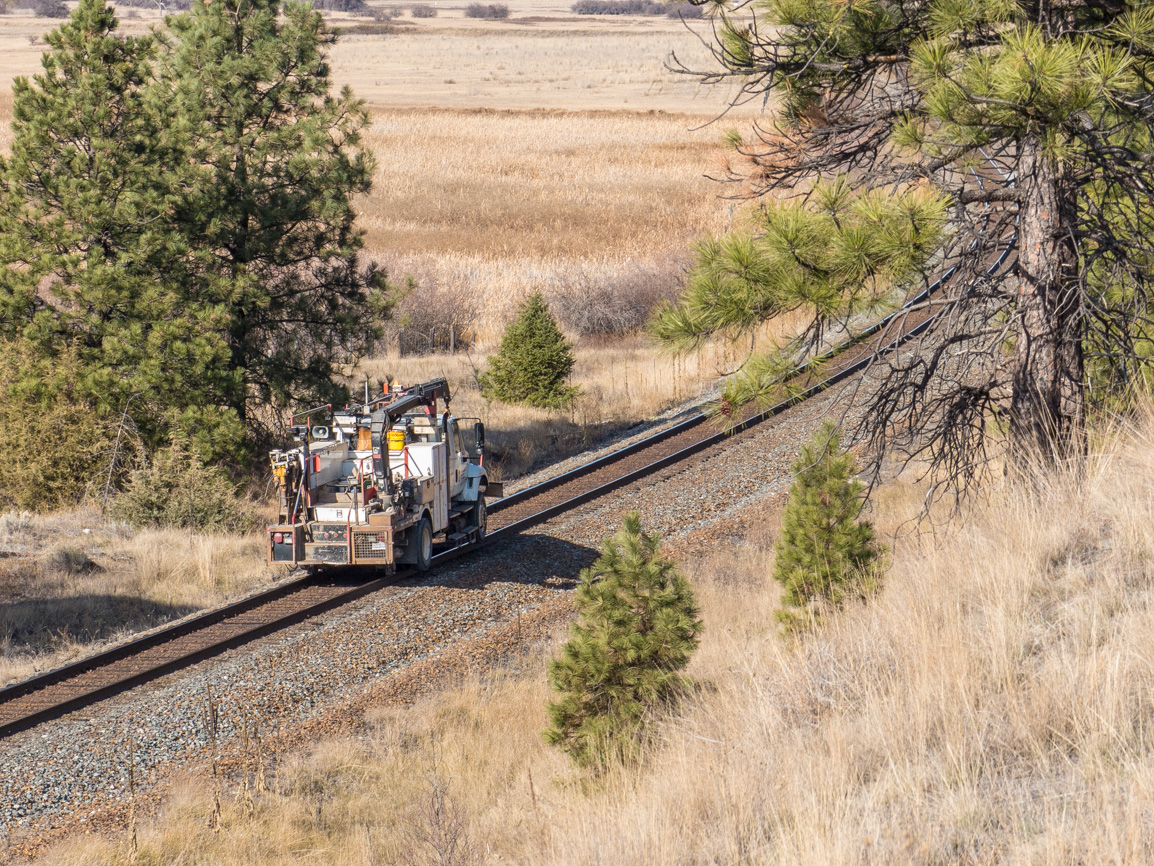
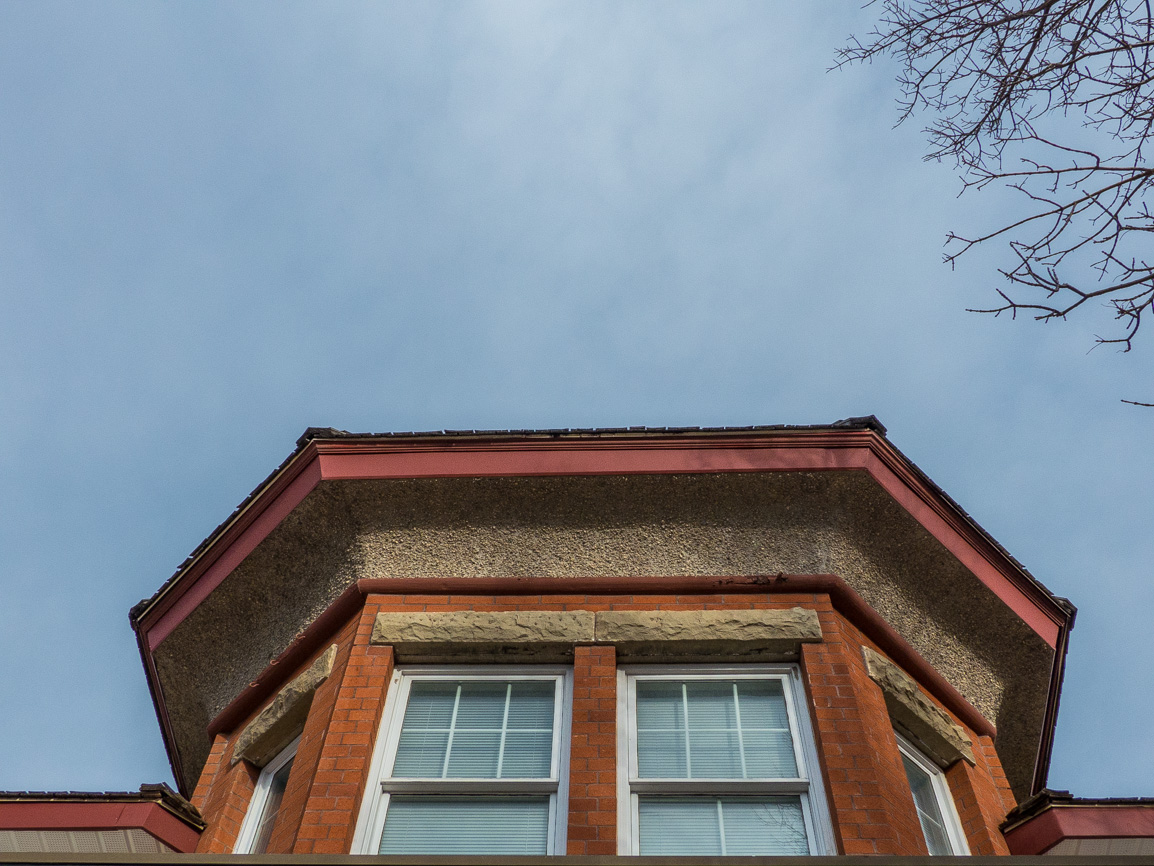
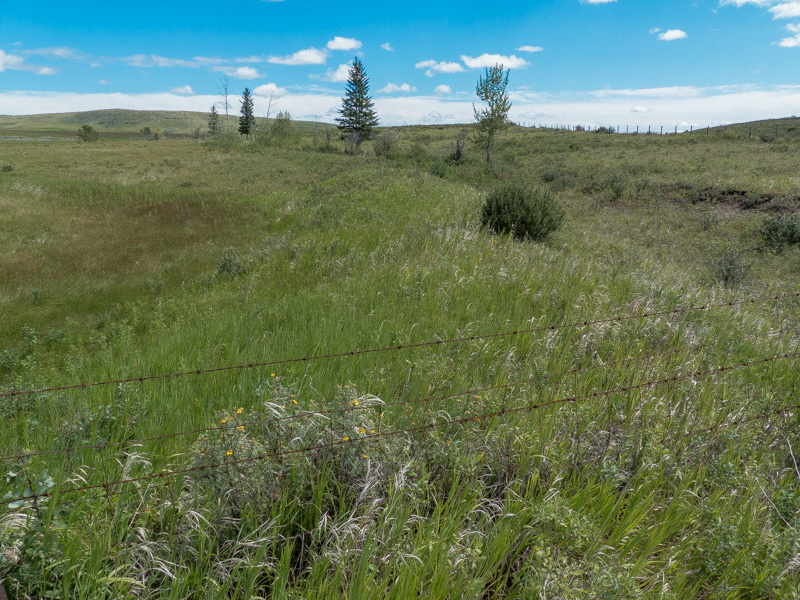
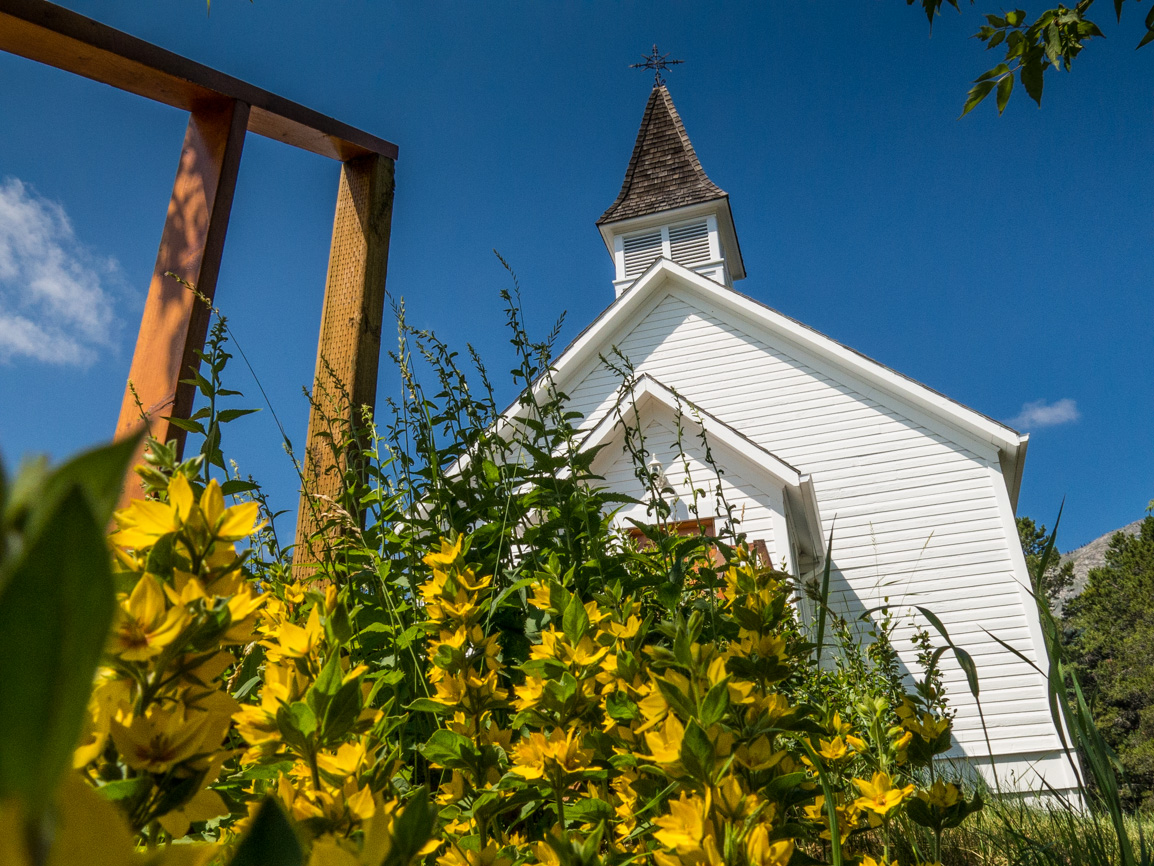
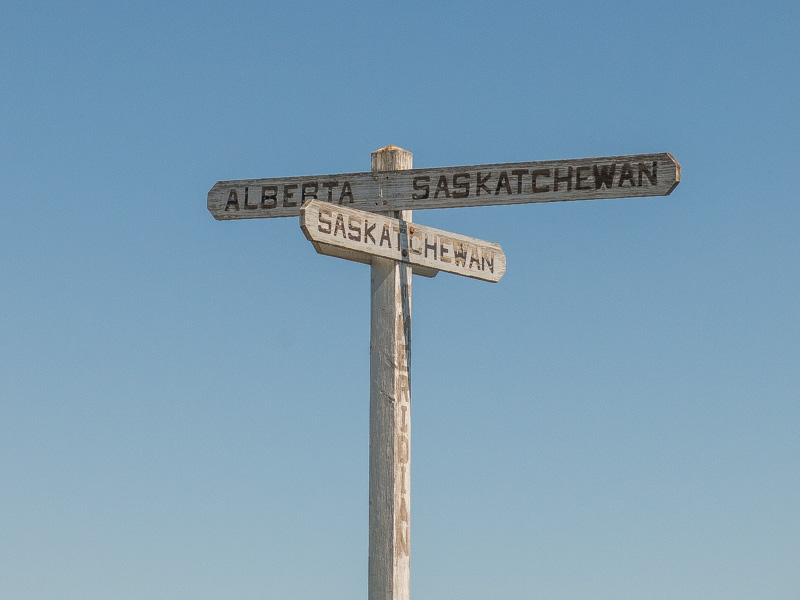
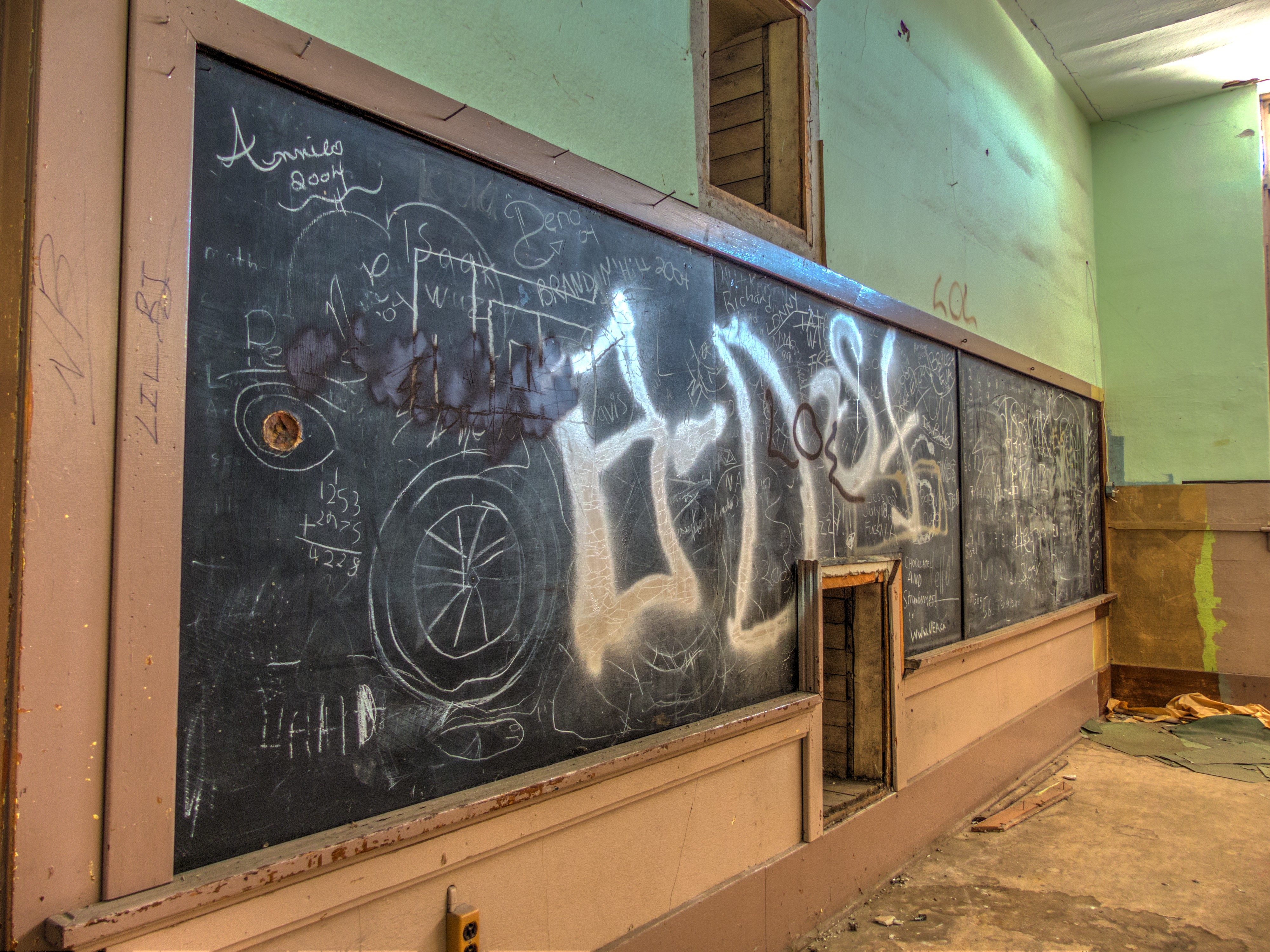
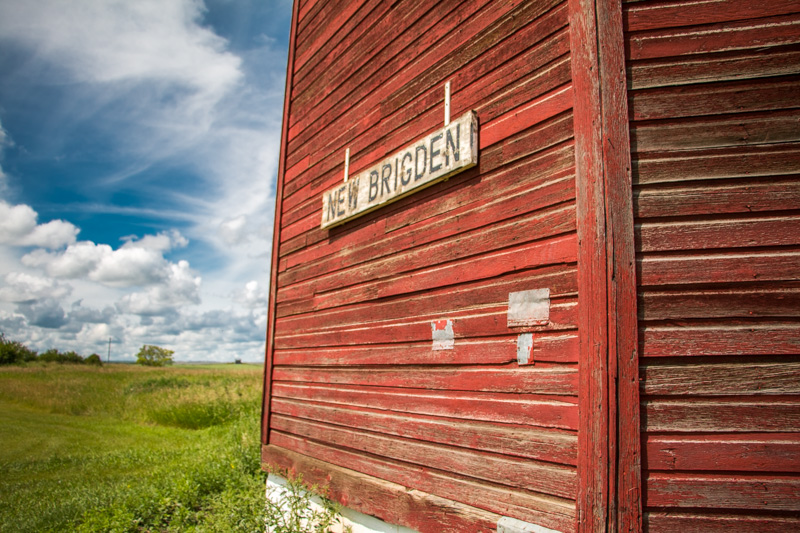
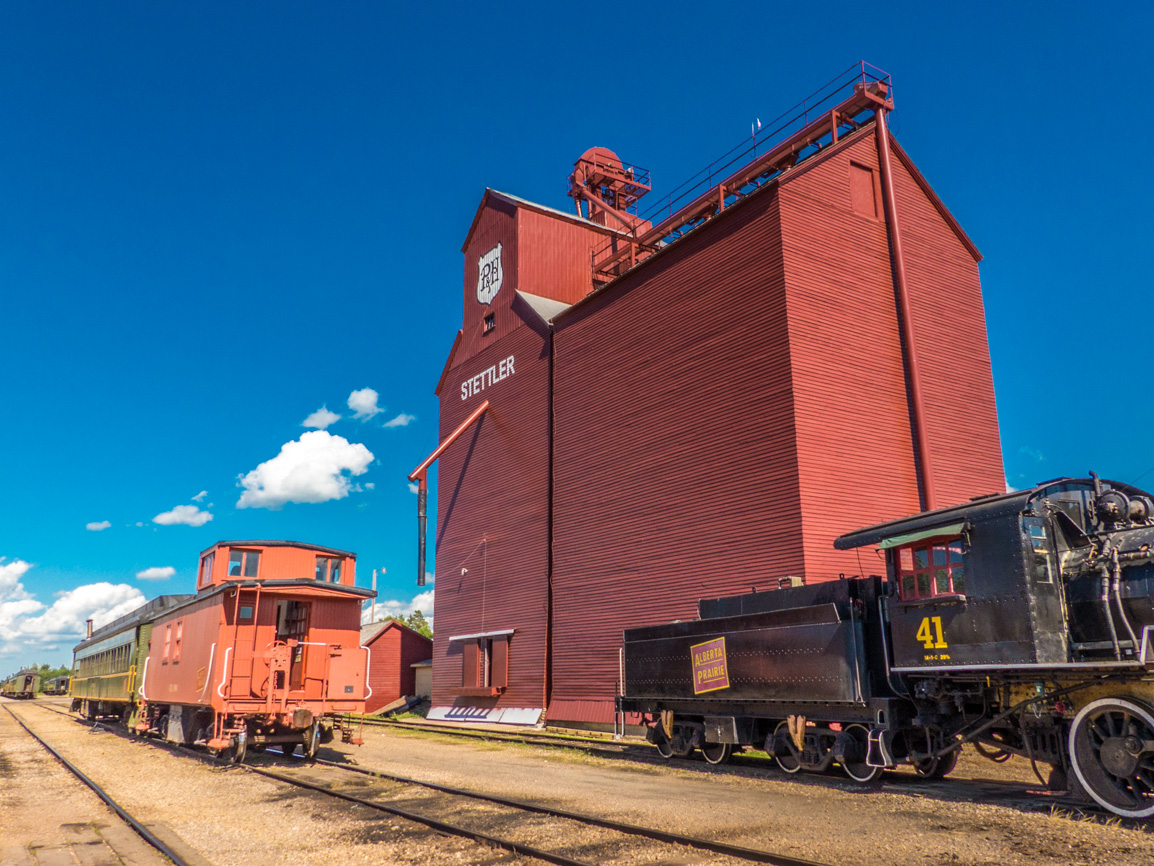
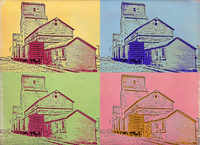






(via Facebook)
The train is very hard to see these days….it would be nice if the wood fence was gone…then we could see it.
It is sort of hidden.
I think they should paint this and make it look all nice again!
It sure could use some attention.
About $150,000 based on the other engine from Hillcrest that was restored.
Returning WCC #1 to operating condition is probably a pipe-dream. An external makeover is certainly within the realms of possibility however, relatively cheaply I assume, if only the money could be found.
I would what would it take to get that thing going again?
I can’t even imagine! Bringing one back to life, whether it be in rough shape like this one or well preserved would certainly be costly.
Very cool!
Another piece if history rotting away, what a shame.
It could really use a good makeover.